Progress in Scheelite from Porphyry-Skarn Cu-Mo(-W) Deposit
- Details
- Category: Tungsten's News
- Published on Thursday, 18 June 2020 22:46
- Hits: 758
Scheelite from the Tongshankou porphyry-skarn Cu-Mo(-W) deposit occurs mainly as disseminated grains in the altered granodiorite porphyries at depth (Sch A), in the skarn coeval with retrograde alteration (Sch B) and in distal quartz veins crosscutting marbles (Sch C). Assistant researcher Jinsheng Han and researcher Huayong Chen of the Guangzhou Institute of Geochemistry, Chinese Academy of Sciences, took the Tongshankou porphyry-skarn Cu-Mo(-W) deposit system in southeastern Hubei as the research object and structured the scheelite based on detailed fieldwork and geochemistry (main trace elements and in-situ Sr isotopes).
In the process of mineralization of hydrothermal deposits, after the formation of hydrothermal minerals, the geochemical characteristics often change significantly after the hydrothermal effect, but the appearance of minerals has not changed significantly, reminding the team to use mineral geochemical characteristics to reflect heat The cause of liquid deposits needs to be cautious, and the identification of such phenomena is a basic step before the analysis of mineral geochemical characteristics.
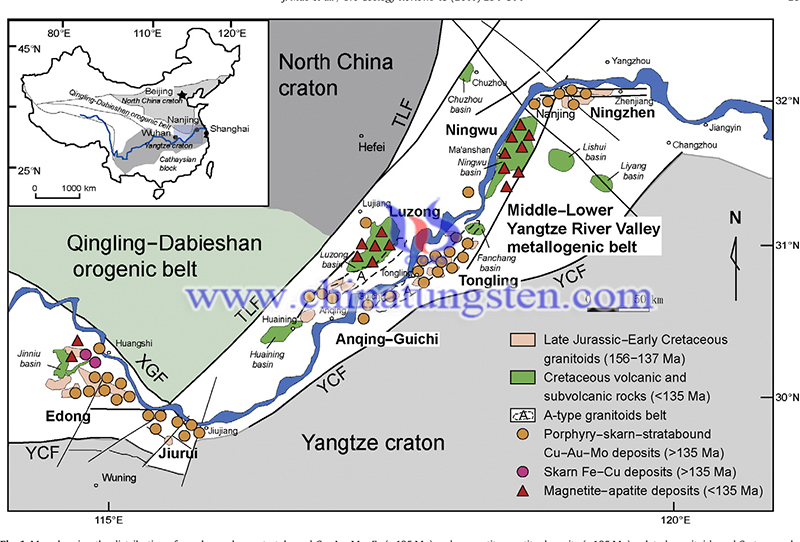
The scheelite (CaWO4) is a mineral commonly found in hydrothermal deposits, and its crystal structure causes it to be rich in elements such as rare earth, Sr, Y, Nd, and Pb, but it is extremely repulsive to Rb. The obtained 87Sr/86Sr value can be directly used as its initial 87Sr/86Sr to reflect the geochemical properties of the ore-forming fluid. These properties make scheelite a tool for studying the fluid evolution of hydrothermal deposits.
The southeast Hubei metallogenic belt in the middle and lower reaches of the Yangtze River has always been regarded as an important iron-copper metallogenic belt in my country. Assistant researcher Jinsheng Han and researcher Huayong Chen of the Guangzhou Institute of Geochemistry, Chinese Academy of Sciences, took the Tongshankou porphyry-skarn Cu-Mo(-W) deposit system in southeastern Hubei as the research object and structured the CaWO4 based on detailed field work (cold light CL and SEM-CL) and geochemistry (main trace elements and in-situ Sr isotopes) research.
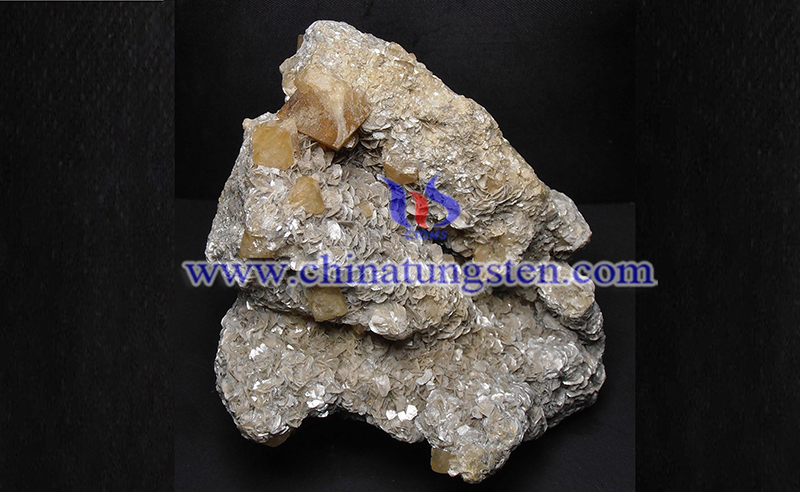
The coexistence of mafic enclaves and tungsten mineralization at depth, and their consistent Sr isotopes, indicates that the interaction of mafic enclaves and exsolved magmatic fluids from the granodiorite porphyries may have played an important role in the extraction of tungsten from the mafic enclaves and formation of CaWO4 mineralization.
The team's work for the porphyry-skarn Cu-Mo(-W) deposit shows that scheelite geochemistry can be used to trace the mineralizing conditions but the compositions may be significantly modified during the ore-forming process. Thus, detailed textural relationships should be investigated before using CaWO4 geochemistry to constrain the hydrothermal fluids and ore genesis. And the research results were recently published in American Mineralogist.
- Tungsten Manufacturer & Supplier, Chinatungsten Online: www.chinatungsten.com
- Tungsten News & Prices of China Tungsten Industry Association: www.ctia.com.cn
- Molybdenum News & Price: news.molybdenum.com.cn
- Tel.: 86 592 5129696; Fax: 86 592 5129797; Email: sales@chinatungsten.com



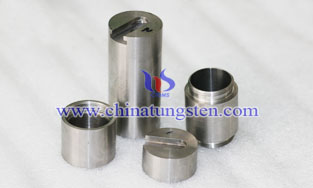


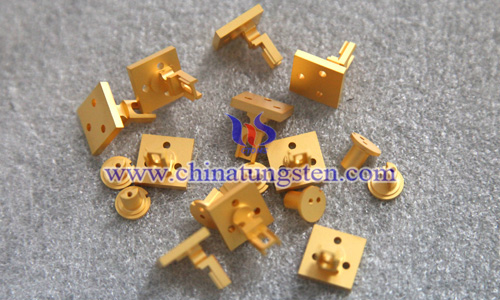
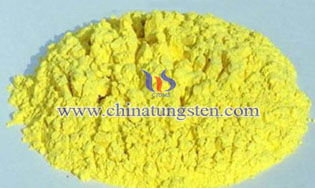
 sales@chinatungsten.com
sales@chinatungsten.com